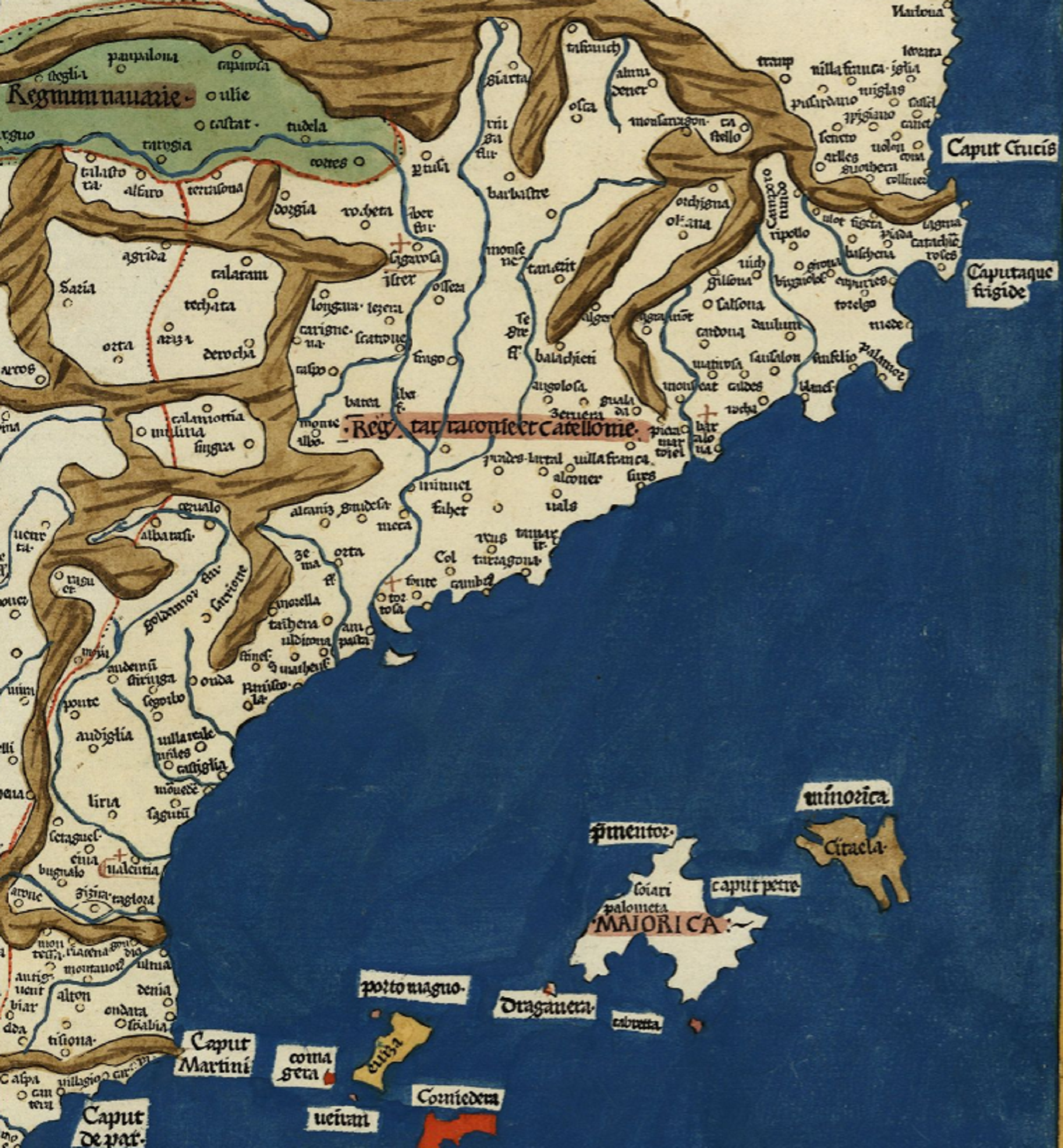Continuing from Part One, historian Marc Pons offers a second historical narrative to argue that the conglomerate usually known as "Crown of Aragon" should be called the "Catalan Crown".
Casp (Kingdom of Aragóon), June 24th, 1412. 610 years ago. The Valencian preacher Vicent Ferrer announces that the delegates with the task of voting for a new king for the throne of Barcelona have come out in favour of the Castilian, Fernando de Trastàmara, maternal nephew of the late monarch Martí I, who had died without legitimate offspring. The Casp Adjudication (which ended the lineage of the Bel·lònida on the throne) has been presented as an example - probably the most obvious - of Catalonia's subordination to Aragon in the Corona - Crown - the conglomerate political unit of which they were both part. Catalonia's own romantic historiography (that written during its 19th century Renaixença) contributed to obscuring an intoxicated reality. But in reality, a careful look at the historical facts reveals the opposite: whether we like it or not, the change of dynasty was made in Catalonia, the real engine of the political structure that the Bel·lònida line had created.
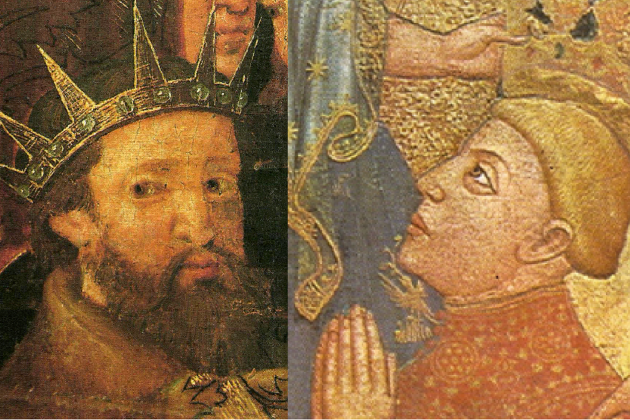
Three times three equals nine
The composition of the assembly of Casp, created for a matter of such great importance as the succession to the throne, reveals, at least, a balancing of the weights attributed to the three peninsular states that formed the Crown. The sketch drawn at Casp is very clear: three representatives from the Principality of Catalonia, three from the Kingdom of Aragón and three from the Kingdom of València. Another question altogether would be what happened to the representatives of the kingdoms of Sicily and Sardinia. But, that matter aside, would anyone with a minimum of common sense - we will no longer say knowledge of history - affirm that, in that assembly, Aragón had more weight than Catalonia? Because what is clear is that, when they decided the composition of that assembly, the state that had the category of a kingdom (Aragon) was not recognized as having a higher hierarchy compared to the one that had originated from some independent counties (Catalonia).
Pere III
However, if we want to know more precisely which way the balances tipped, a key element in the weighting of each of the states that formed a conglomerate would be the regnal number. That is, the way king and queens were numbered. For example, after the War of Spanish Succession (1701-1715), the Bourbons would be titled using the regnal numbering of Castile. After subjecting the old Catalan Crown to blood and fire; the Bourbon would always be Felipe V (he was fifth according to the ordinal system of the Castilian-Leonese throne). And for his descendants, it didn't matter at all to them if they were the VII of Castile or the IV of Aragon (the case of Fernando, "the traitor king", who ruled from 1784 to 1833). But with the Castilian regnal sequence they proclaimed where they resided and on which elites their power depended. And the same thing had happened centuries before in Catalonia. For example, Pere III of Barcelona, who was the IV of Aragon, who reigned in the high-tide point of the Catalan medieval period (1336-1387), always signed as "Pere el terç". The Catalan sequence.
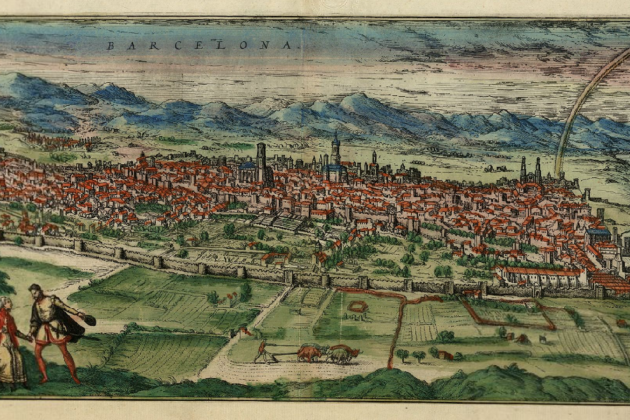
The Remensa revolution
The great revolutionary processes (the social and economic landscape that explains the creation and emergence of the political unit) also provide a thermometer to assess the dynamism of the different societies that formed a conglomerate. At the beginning of the 15th century, the Catalan peasantry (which represented two-thirds of the country's population) lived in a terribly precarious situation. And this was to provide the fuel for the first revolution in modern European history. The Catalan society of the 15th and 16th centuries tried out a kind of "land for those who work it" approach - following reforms of the Remensa serfdom model - and this ended up generating the first production surpluses, essential for the transformation towards a purely mercantile model. The Industrial Revolution (19th century) was the culmination of that process; but it did not rise on the banks of the Ebro - the most important body of water flowing through the old Corona - but beside the gorges on the smaller rivers further north, in the Catalan lands of the old Remensa.
Who put the Trastàmara family on the Barcelona throne?
Returning to the topic with which we began, the Casp Adjudication also reveals further weightings that have either been deliberately hidden, or have been grossly intoxicated. And, over this point, our historiography (that of the 19th century Renaixença) bears a lot of responsibility. Those romantic Catalan historians told us that the occasion in Casp had been a tragic pincer movement that the Kingdoms of Aragon and Valencia had perpetrated against the Principality of Catalonia. But contemporary historiographical research highlights that the reality was quite different: Fernando de Trastàmara, the Castilian nephew of the deceased Martí I, was always the candidate of the very powerful mercantile classes of Barcelona and Valencia, who sought an authoritarian king and a regime with pre-absolutist ideology that would kick the feudal nobility into the dustbin of history.
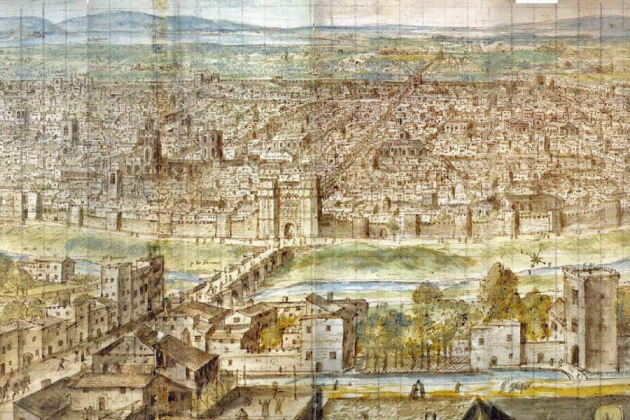
The Catalan merchants, key to the power of the house of Barcelona
The coronation of Fernando I was the great triumph of those powerful mercantile classes, who rivaled the noble estates of the Corona for power. Those mercantile classes also backed Fernando (who was brother of the late Enrique III of Castilla y Leon, and tutor and regent of his nephew Juan II) for purely strategic reasons: they aspired to trading dominance of the lower part of Andalusia, a Castilian possession, which, by then, was already the point of departure for the great Atlantic sea voyages to West Africa and north to Flanders, England and Scandinavia. It was the Catalan and Valencian merchants - who were the nerve of the political and military power of the house of Barcelona - and not the Aragonese agro-pastoral oligarchies, who restored Catalan economic leadership in Europe, which had been lost after the Black Death (1348-1351).
The Crown of Aragon and the "discovery" of America
For centuries, Spanish nationalist historiography has denied the Crown of Aragon's participation in the American enterprise. But, on the other hand, contemporary research has shown that Colombus's venture was mounted in Valencia; and that in that project, Catalan and Valencian merchants established in lower Andalusia and the Canary Islands played a very important role. So much so that, after the first exploratory trip; the second trip (the first undertaking colonization) has a prominent Catalan-Valencian role: the first mayor, the first bishop, the first links with indigenous people, the first chief of police, and the first industrialist on the New Continent: they are Catalan or Valencian. On those voyages Lluís de Santàngel, Lluís de Torres, Miquel de Ballester, Bernat Boïl, Pere Margarit or Ramon Pané, to name a few examples, are Catalans and Valencians.
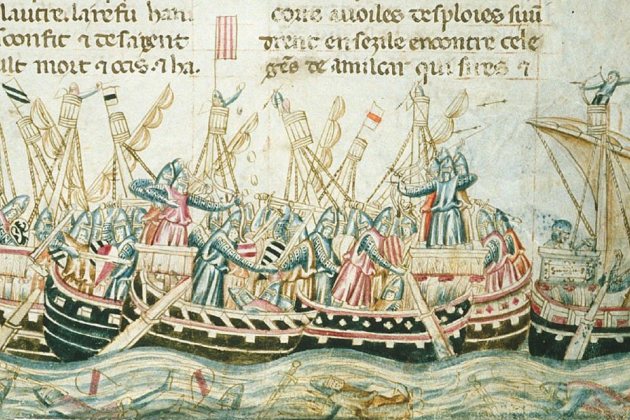
The Catalan idea of Spain
Like it or not, the first modern idea to arise from Spain has a Catalan origin (early 15th century). Those who promoted Trastàmara in Casp (1412) already had a Catalan idea of Spain; although it was very different from what, centuries later, the Habsburgs and Bourbons would impose. An idea that was connected to the Llotja or mercantile centre, in both Barcelona and Valencia; and which, revealingly, provoked frontal rejection from a good part of the Castilian oligarchies - because of the fear aroused by the ambitious Catalan-Valencian mercantile classes. Fernando (the “old Catalan”) and Isabel completed the dynastic union with the invaluable support of the Catalan and Valencian mercantile classes. The same groups who identify as of "Catalan nation" and who would lead the momentous Colombus venture. Crown of Aragon? No. Catalan crown.

